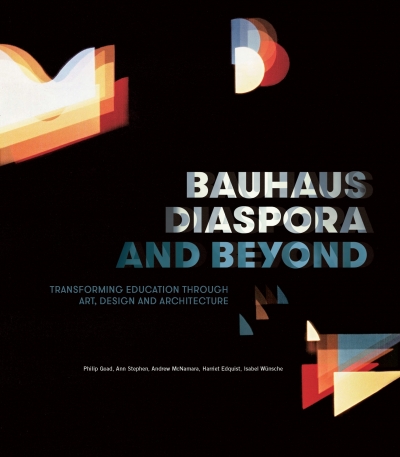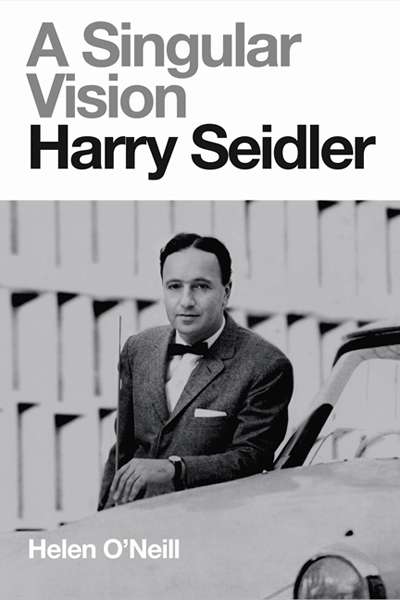Philip Goad
Bauhaus Diaspora and Beyond: Transforming education through art, design and architecture by Philip Goad et al.
by Christopher Menz •
Public Sydney: Drawing the City edited by Philip Thalis and Peter John Cantrill
by Philip Goad •
JJ Clark: Architect of the Australian Renaissance by Andrew Dodd
by Philip Goad •
The Encyclopedia of Australian Architecture edited by Philip Goad and Julie Willis
by Gerard Vaughan •
Modernism & Australia: Documents on art, design and architecture 1917–1967 edited by Ann Stephen, Andrew McNamara, and Philip Goad
by Anthony White •






